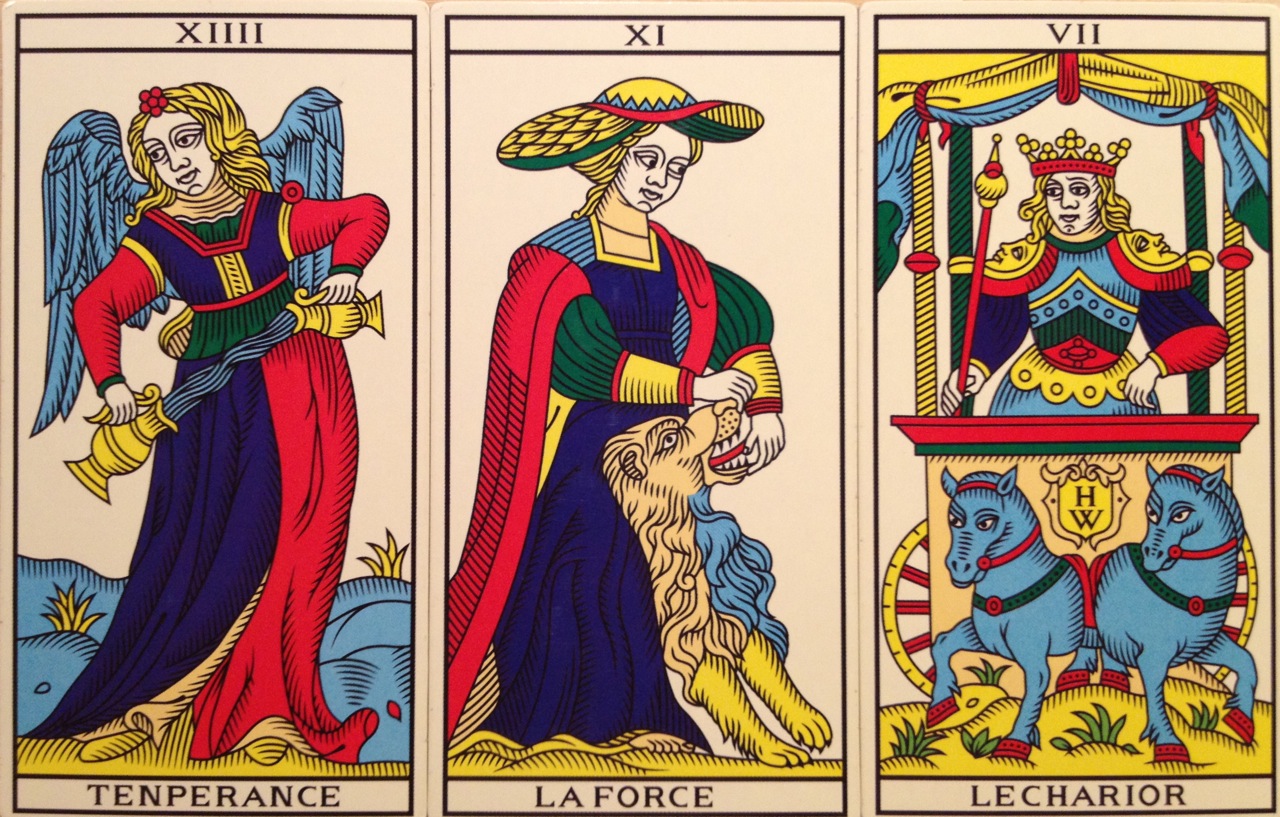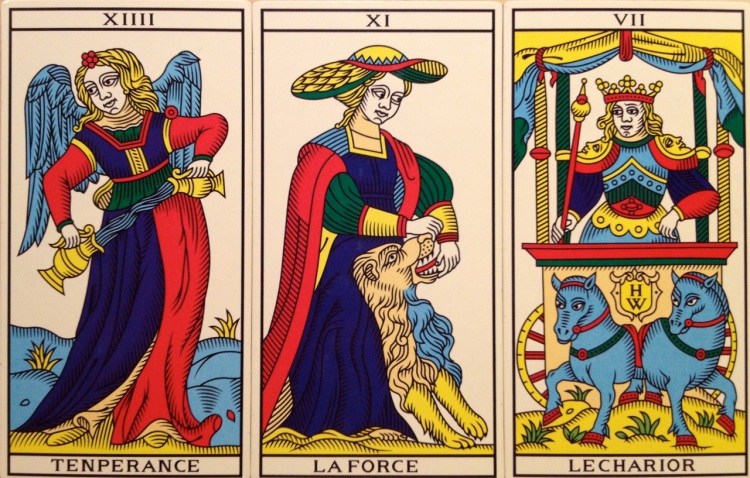It is not often that in connection with my tarot readings for people, I refer to them by their names.
But last night, after reading for a fellow academic, Susan Castillo Street, who has been reading my writings on both my blogs, Taroflexions here and The Cartomancer on Patheos, I was encouraged to make a full reference to the event.
This is due to two reasons: First, the woman herself keeps a blog – and asked me for permission to post what I said to her – and second, she finds it refreshing that other academics are not afraid of repercussions, if they disclose that they are into ‘weird’ stuff. That is to say, while the academy has always accepted that a professor of religion researching into Christianity also practices his religion by going to church every Sunday, the academy has never accepted that academics researching into the occult engage in occult practices. How the academy defends their position of rejecting what the occultists do is an interesting question, for the rejection has no rational grounds.
Susan’s story
Susan’s husband suffered a massive subdural haemorrhage, and has been in a state of diminished consciousness ever since. She booked a reading with me because she wanted to know what the cards might indicate about his recovery.
I started with saying something about the importance to have faith in the cards, that is to say, to have faith in the images’ potential to activate in us what we don’t see, or don’t want to see.
Susan was apprehensive about how the cards would fall and what they might mean, but I assured her that what I was going to see in the cards she was also going to see.
Three cards fell on the table:
TENPERANCE (Temperance), LA FORCE (Strength), and LE CHARIOR
The cards’ message was clear, and I said to Susan:
“Your husband is trying hard (La Force) to maintain his balance (Temperance). It looks like he’ll pull through, (Le Charior), though he may need a wheelchair.”
After this we discussed what else we can look for in the cards, for a more nuanced reading and understanding.
How do the elements in the cards interact with each other?
For instance, I pointed to how the two chalices in Temperance’s hands rhyme with the two horses that the charioteer is trying to control. The chalices become the horses. But the horses seem to be pulling apart.
In spite of their forward movement, this may indicate that while the charioteer may have the will power and props to advance, he may not be so much in control. But movement ahead there is.
I also suggested that La Force is literally trying to get some sounds out of the lion’s mouth. Make him talk.
‘He’s trying to talk,’ I said, ‘look at that big mouth that some nurse is trying to open for him.’
Here, Susan wanted to corroborate the way in which the image verifies the very thing that is happening now. As Jonathan lost the ability to communicate, much of the training at the hospital was dedicated to making him talk.
In this case here, then, it was quite clear that while I wasn’t making any predictions, the cards validated what Susan was saying.
If you look at the way a situation is embodied in the cards, as framed by the context of a very precisely formulated question, if you look at how movement is represented, and at how a rhyming pattern emerges, then you end up with a very good answer to your question.
It’s up to you to decide whether you take such a direct and unmediated message as comforting – as Susan did – or not.
It’s up to you to imagine that a recovery can go like that. And it is also up to you to see or not just what the other, on whose behalf the question is posed, is going through.
The art of tarot is in its poetry. In its allowing for the randomness of visual material to become concrete reality.
In this context here, the tarot proves its value once again, namely that it can comfort not only the other(s) for whom the cards are read, but also the reader herself.
Update
Sadly, on November 1, Jonathan succumbed to higher forces, and his wheelchair turned into another type of carrier.
In hindsight, we can see how the water flowing abundantly in Temperance stops short at the lion’s neck, and interrupts the life-flow.
We can see how, if we assign the card of La Force to Susan, not her husband, we can talk about the situation in which it’s all about her struggling to hang on to him, while he’s taking leave of her in his chariot/hearse.
Perhaps there’s a reason why I didn’t immediately make these other connections, as it may have to do with the need to keep up hope for the client in times of distress. Susan kindly corroborated this, and she said it herself: ‘I’m not sure I would have been ready to hear the story about him leaving me’.
At the same time, the prediction did come to pass, as he did leave the hospital in a wheelchair. Sadly, a prolonged life past this prediction was not in the cards.
Note on the deck: Tarot de Marseille, Edition Millenium, as reconstructed by Wilfried Houdoin.
NEWSLETTER
Stay in the loop for cartomantic activities.



Excellent applied Tarot. Brava!
Thanks.
Dear Camelia, this is my favorite post of yours. Beautiful!
Temperance mixes a remedy. Strength administrated it (by “force”) to someone who can’t take it on his own. Blue water turns into blue horses.
I see the wheelchair to, although I think it is a will-chair. “Chair” is French for flesh. Sometimes, the head can take a few clues from the body.
Wilfried’s the Helvetica of Marseille tarots.
Thanks Enrique. Great point about the blue water horses. As they are not as solid as the meat and bones animals, the image supports the idea that riding in and on water, rather than on the ground, may have the feeling of sinking and rising without control. I also like the idea of the pharmacist at work, and the administering of drugs by force. And the will-chair. Well, as always, as a master, you’re spot on. Thanks for these insights. I’m sure Susan will appreciate them.
Yes this is a solid reading. Given the gaze of the three figures. I would say there is some backward regrets and even frustration and dispair.Of course this is process and not longterm outcome.
Indeed, Paul. The man is trying hard, and it may be that all involved need to find a way to be even more on the same page. Thanks.
My thanks to all of you for these wonderful insights. Susan
All best to you and Jonathan, Susan. As they say, we’re here to serve.
Camelia, it is great to be a fly on the wall of how you think in Tarot. I also found Enriquez’s and Paul’s comments scintillating. As a non professional, I think I would say my impression was that the patient might be feeling that the “forceful”effort of the medical professionals – if you will excuse the pun, might be counter productive in this moment in time. I feel the patient is not a fan of the pushiness,the fast time forward nature of the nurse. I would urge a more gradual pace for the rehabilitation. If he ends up in a wheel chair but is damaged by coming back from his trance to quickly, the ends will not justify the means. Tell her to try acupuncture of the head for relaxation and mending of the veins in the head.
Maralyn